The New CEO Series
“People want to own their health,” says Dr. Taylor.
The CEO role and the internal capabilities required to grow a company are rapidly being redefined. The New CEO is grappling with the:
- Shift from shareholder to stakeholder
- Seismic demographic, ethnic, and gender transference from Baby Boomers to Gen Xers, Millennials, and Gen Zers
- Reimagination of physical products to digital products and multiple services
- Recognition that understanding customer behaviors, not transactions are redefining customer relationships,
- Realization that we’re in a Gilded Age where the veneer of everything is great to the Authenticity Age where leaders, consumers, and communities are leveraging social business and corporate social responsibility to solve the challenges we face.
If I had one word to describe Dr. Clishia Taylor, CEO of American Health Care Professionals, Co-Founder of Bless My People Foundation, and Director of Global Health Access (GHA) Institute, it would be innovator. Dr. Taylor wears a lot of hats, including nurse, CEO, co-founder, administrator, lobbyist, and entrepreneur.
In Part Three of The New CEO Series, this week we discuss how Dr. Taylor listens to the customer and uses technology to innovate. Read Part One and Part Two of the series.
________________________
Innovation and Customers
Carla A. Fleming (Fleming): Why did you start Global Health Access (GHA) Institute?
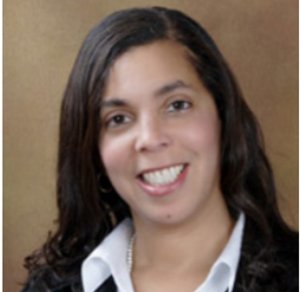
Dr. Clishia Taylor. Photo Credit: Dr. Clishia Taylor.
Dr. Taylor: The GHA Institute became the training center on teaching best practices to clinicians on using emerging technology solutions. We’re working on a platform to educate and train patients, who are the consumers of health care services, on how to use technology more effectively in a home health care environment.
Fleming: With American Health Care Professionals, you were dealing with clients who were in a crisis management mode. Bless My People Foundation helped you get ahead of the crisis through your wellness and prevention programs. GHA Institute fills the crisis mode and prevention gap using innovative solutions such as texting, mobile phones, wearables, and smart devices to train clinicians and patients. How did you figure this out?
Dr. Taylor: As we talked to patients, we listened to them, and learned that many of them didn’t understand their illness or condition. Because of that, many didn’t know how to manage it. A good example was one man who came to us and said his blood pressure was 200 over 100. He didn’t understand that it wasn’t within the normal range. One hundred thirty over 80 at the most was within the normal range. ‘He asked is 200 over 100 high?’ When we showed him the normal ranges, he was shocked and understood his blood pressure was very high.
So, we’re peeling back.
The screener went through a full assessment with him and we found out he was drinking. He said, ‘Well, I drink.’ Okay, what do you drink? He said, ‘I drink three tequilas a day.’
The screener said, Okay, maybe we can reduce that to one to two glasses of tequila a day? He said, ‘You mean one bottle a day?’ He was actually drinking three bottles a day.
Through a series of interventions, he began to make lifestyle changes. His blood pressure started to go down and that excited him. Then he stopped drinking altogether. He had a lot of stressors in life including financial and emotional challenges.
When people understand how their health problem developed, they want to take steps to improve it. From my experience, deep down, people really want to own their health.
Fleming: What was the impact of educating patients?
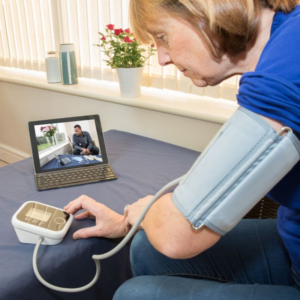 Dr. Taylor: I became a believer in the value of technology and it’s uses to empower patients to manage their health care. We were excited that even home health care could utilize technology to educate and train patients.
Dr. Taylor: I became a believer in the value of technology and it’s uses to empower patients to manage their health care. We were excited that even home health care could utilize technology to educate and train patients.
Through innovative tools like texting, the individual with the elevated blood pressure was able to visit a CVS to take his blood pressure and send the results to us. It also allowed him to keep track of his blood pressure results. That’s when we saw him take steps to improve his blood pressure and own his health.
We did a whitepaper study with a large insurance company and saw a reduction in readmissions by 87% because we put people on these telehealth devices. We thought we had won the lottery. We had a solution. We recommended to providers that they put their patients on telehealth solutions. Through educating and training patients, they could better manage their health and the health care team could make adjustments as needed.
Fleming: How did health care providers respond?
Dr. Taylor: The providers we encountered said, ‘We’re not interested in that solution. Many of them stated if my patient has a problem, they should come to my office or go to the hospital.

Hospital Readmission. Photo Credit: Canva.
Obamacare changed that because of the Hospital Readmission Reduction Act. A Center for Medicad and Medicare Services (CMS) report came out that showed millions were being spent on hospital readmissions. The Hospital Readmissions Reduction Act stated that hospitals would be penalized if patients returned to the hospital within 30 days of admission.
This motivated hospitals to keep people in their homes and communities. Obamacare also changed the payment model. Prevention and wellness programs, including telehealth and telemedicine technologies are became billable solutions.
We believed the providers truly didn’t understand the benefits of telehealth and telemedicine solutions to enable their patients to manage their health.
That’s when I realized I had to put the implementation of patient training programs on the back burner and focus on helping with the training of clinicians on telehealth and telemedicine solutions.
GHA Institute was created to close the gap in telehealth and telemedicine education for clinicians and social workers. I think from my research this is something that’s not emphasized in medical, nursing, or social work schools. Our aim through our course is to focus on best practices when implementing and using a telehealth program. We have an evidence- based manual to help guide them.
Fleming: You’ve got this piece going and it sounds like the next piece would be to train the actual patients.
Dr. Taylor: That’s part two. And, I’ll tell you why it’s not part one.
We went to the communities and all the patients bought into it right away. They were excited. I’ve got pictures of them using kiosks in all the communities. We have them in faith-based communities, independent senior communities, assisted living communities, and fitness centers.
Full circle, even today, an executive order was just signed mandating CMS reimburse for these solutions and providers are encouraged to adopt these technologies to give patients better access to care.
Fleming: You’ve been in nursing for 30 almost 40 years. What’s the greatest driver of the transition to a consumer driven market? What are the other changes you are seeing that could have a significant impact?

Artificial Intelligence and Health Care
Dr. Taylor: Incorporating emerging technology into health care is a major advantage because we can do better health care faster and evaluate our outcomes. What’s great about telehealth is I can get real time data from the patient taking their blood pressure. This data will trigger an intervention from a nurse. For example, if a person’s blood sugar is high, we can get the results and call the patient to provide an intervention, thereby keeping an individual out of the hospital. This illustrates prevention, wellness, and telehealth in action.
Another emerging technology that’s going to revolutionize health care is Artificial Intelligence (AI). The benefit of AI in health care is it can analyze a large data set, identify what medications you’re allergic to, and provide better guidance to clinicians on which medications are acceptable and which ones to rule out.
Fleming: We’re going through a demographic shift with baby boomers retiring. We’ve got Gen X, Millennials, and Gen Z becoming the majority of the workforce. How are you managing that transition as one generation is leaving nursing and others stepping up? How are you looking at the students and thinking about training and recruiting this employee population?
Dr. Taylor: It goes back to my calling into this industry. When you’re called to be somewhere and you obey it. God makes so many amazing open doors for you because things I don’t even think about because of this question you posed to me. I didn’t even think about this question. And, I fell into it.
For the past 5 years, I’ve been teaching at the university level for undergraduate nursing students and doctorial students in health care business administration. I’ve been gaining insights into how the different generations think, what’s important to them, how they conceptualize, what they value, and what are their aspirations.
I had 45 students in a class and I asked how many of them believed in using emerging technology in patient care? Three raised their hands and said, ‘We believe in using emerging technology in patient care.’
The others did not raise their hand and they stated, ‘We worked hard to learn our nursing skills and we don’t want to lose them. We also, don’t want technology to replace our jobs.’
I could see they needed education on emerging technology in patient care. By the end of the semester, 100% of the students believed in using emerging technology in patient care. The key was they saw emerging technology as enhancing, not replacing their nursing skills, while enabling them to achieve better patient outcomes.
I concluded it was critical to be on the front line, teaching the next generation of nurses. You need to talk to people, to listen to them, and to hear them because otherwise you have blind spots. You aren’t effective in understanding where change fits in. It stops you from improving the services you provide, impacting the consumer experience, it makes you an ineffective partner with the patient.
I believe one of the ways to really bring the new generation, as far as workforce treatment, is to bring them in to work and watch what they’re doing, and watching their style.
In the clinical settings, I give them a position of being the leader for the day. We’ll have a unit we’re running that we call clinics. It’s wonderful because it’s a way for me to manage them. You get one person who’s the point guard and say ‘You’re responsible for the whole team today, including all the nurses, nurse practitioners, social workers, and all the patients. You keep it flowing.’

Nurse and patient in discussion. Photo Credit: Canva.
Now, some have broken down and cried. Most of them have risen to the occasion – nine and a half out of ten. Some people want to go too far and said, ‘I want to be a leader every day.’
One student’s journal I read, they said, ‘I know I was called to lead and be a manager.’ As the supervisor, I’m like, Okay, get down off your horse. She’s like, ‘I never felt so much exhilaration.’ I’ve been fortunate to be able to put them in positions of leadership, watch their styles, watch what works, and watch what doesn’t work.
Fleming: When you innovate, how did you allow for innovation within, because this is one of the most highly regulated industries, right next to I think banking and insurance. So, how do you make room or create space for innovation?
Dr. Taylor: We work with the university leadership team to create an orientation package that incorporates the university, government, health care, and the student regulations. That becomes the foundation for how they innovate.
In order to create a pilot, students have to adhere to the orientation package regulations. Once they demonstrate, in a three-page document that they’ve adhered to the regulations, they can then develop their pilot around policies and procedures. They do a good job with that.
The pilot represents a small-scale project. When you see that they’d been mindful of the parameters, then they create a large-scale project. The key is you don’t do something mammoth. Do small bites.
One of the students created a discharge platform and the app. Another created an imaging board, which is a brilliant idea. People in the waiting room are getting educated about how to manage diabetes and hypertension. The imaging board explains to patients what this clinic is about and what to expect when you come to the clinic. It continuously cycles from English to Spanish.
The students have blown it out and make my job more exciting because I don’t think like them. They’re so freaking smart and I find myself learning from them.
In 2020, we will celebrate the 200th anniversary of Florence Nightingale. Also, next year the UN will recognize the “2020 International Year of Nursing and Midwife.” For more information, watch the video, courtesy of Global Health Access Institute.
Our series with Dr. Taylor concludes where she shares her thoughts on The New CEO.
If you find this interesting, please share on LinkedIn, Twitter, Instagram, or Facebook.
Photo Credits: Dr. Clishia Taylor, istock, and Canva.

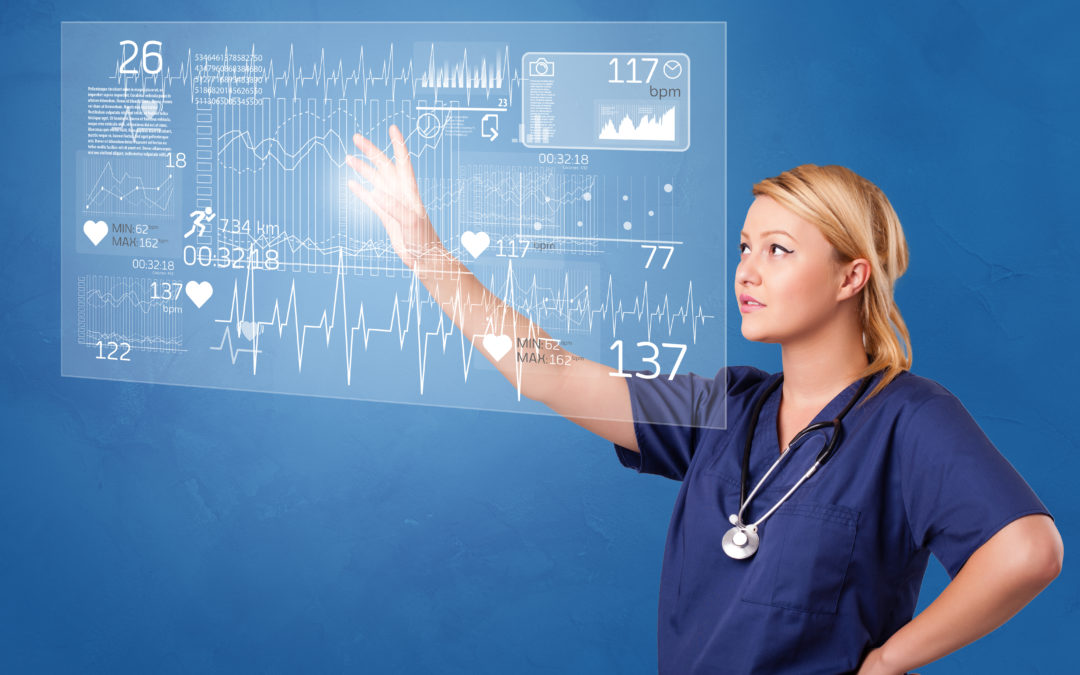

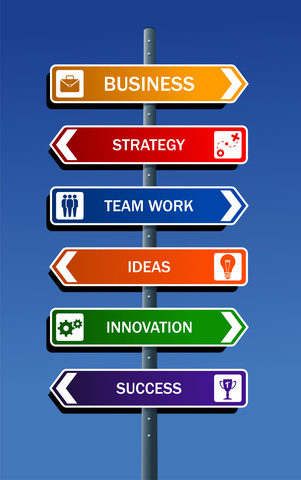

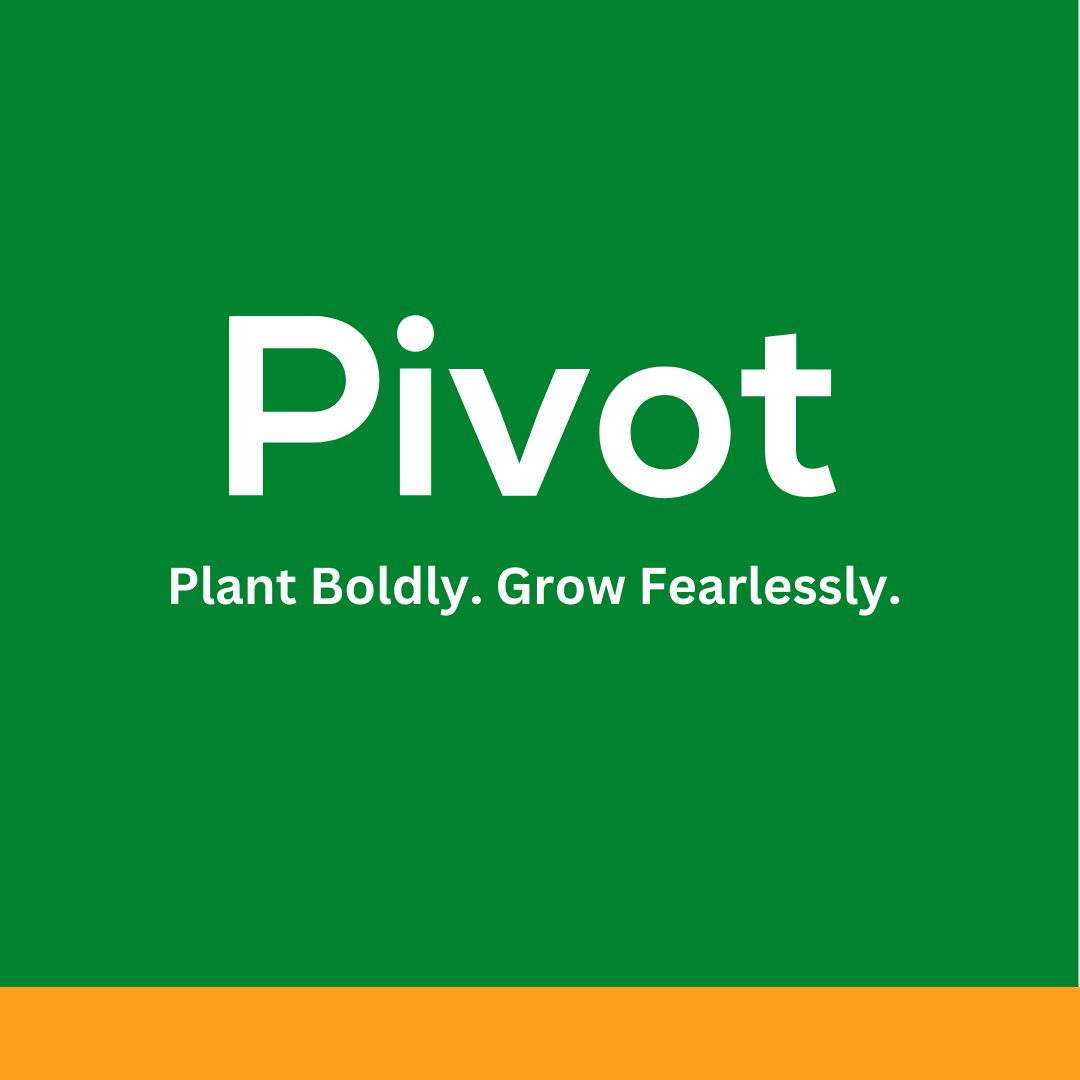
You must be logged in to post a comment.